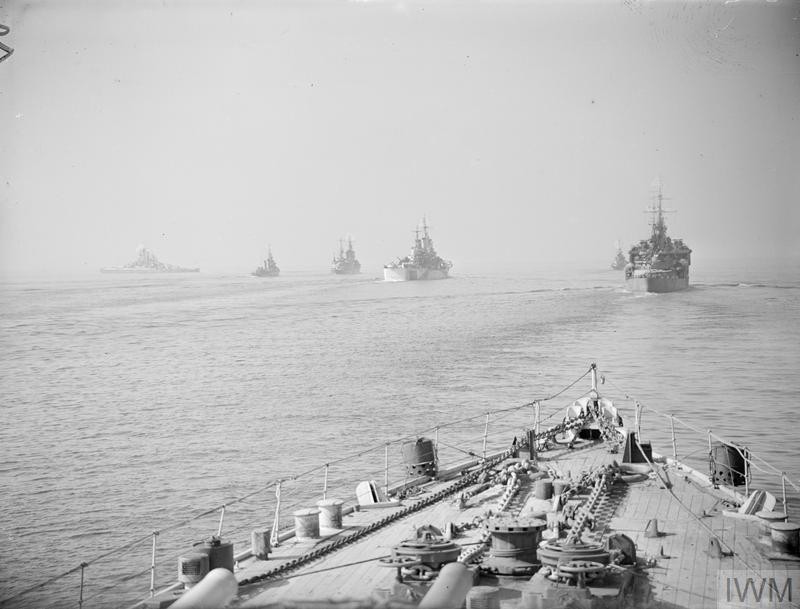The two ‘Battle Groups’ consisted of Royal Navy (RN) and United States Ships (USS), supported by additional naval craft and air force assets.
Battle Group 1 included the battleship USS Nevada, a Pearl Harbour survivor. It was joined by cruisers USS Tuscaloosa, USS Quincy, HMS Glasgow and HMS Enterprise, along with destroyers USS Ellyson, USS Hambleton, USS Rodman, USS Emmons, USS Murphy and USS Gherardi.
Battle Group 2 comprised the battleships USS Texas and USS Arkansas, supported by destroyers USS Barton, USS O’Brien, USS Laffey, USS Hobson and USS Plunkett.
Each ship had air spotters operating in pairs to observe and relay the fall of naval gunfire. Ground officers also communicated directly with ships to call in or adjust fire.
At 09:40 on 25 June, the battle groups moved towards Cherbourg, positioned roughly 15 miles out to sea. Minesweepers led the approach, clearing paths while under fire from German coastal batteries.
By 09:50, Battle Group 2 reached its fire support area. From 18,000 yards, USS Arkansas opened fire on the Hamburg Battery at Fermanville. German guns returned fire. Most rounds missed, but USS Barton was damaged by a ricochet, and USS O’Brien was hit on the bridge.
Battle Group 1 moved closer to shore, with destroyers laying smoke screens against incoming fire. They engaged the Querqueville Battery. After a four-hour duel, the battery was temporarily neutralised. HMS Glasgow and HMS Enterprise were both hit but remained operational.
At 12:12, ground forces began calling in fire missions. USS Nevada and USS Quincy engaged multiple inland targets over the next three and a half hours. USS Ellyson and HMS Glasgow supported attacks on Gruchy, where Glasgow fired a 54-round salvo that silenced the battery. USS Emmons targeted Fort De l’Est.
At 13:35, the USS Texas was struck by a shell from the Hamburg Battery. It was a dud and failed to explode. Supported by USS Arkansas, both ships continued to bombard the battery and another position nearby. Around 14:00, USS Nevada joined the attack.
By 15:00, the order was given to cease fire and withdraw.
General ‘Lightning Joe’ Collins of the US VII Corps later wrote to Admiral Morton Deyo, commander of the naval battle groups:
“The naval bombardment of the coastal batteries and the covering strong points around Cherbourg ... results were excellent, and did much to engage the enemy's fire while our troops stormed into Cherbourg from the rear.”
